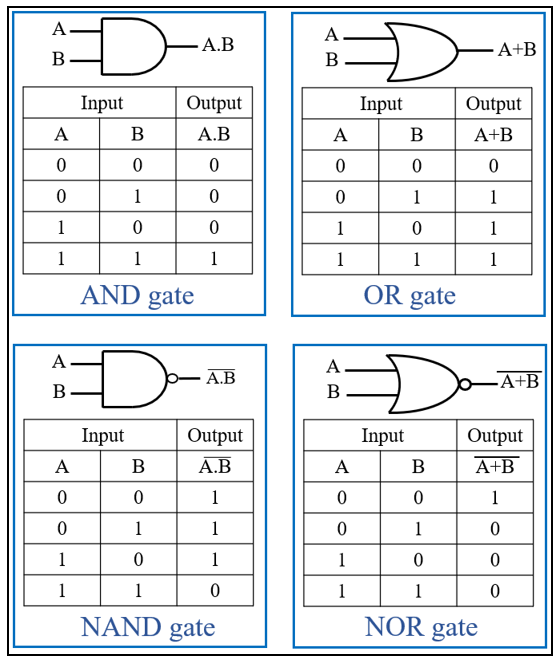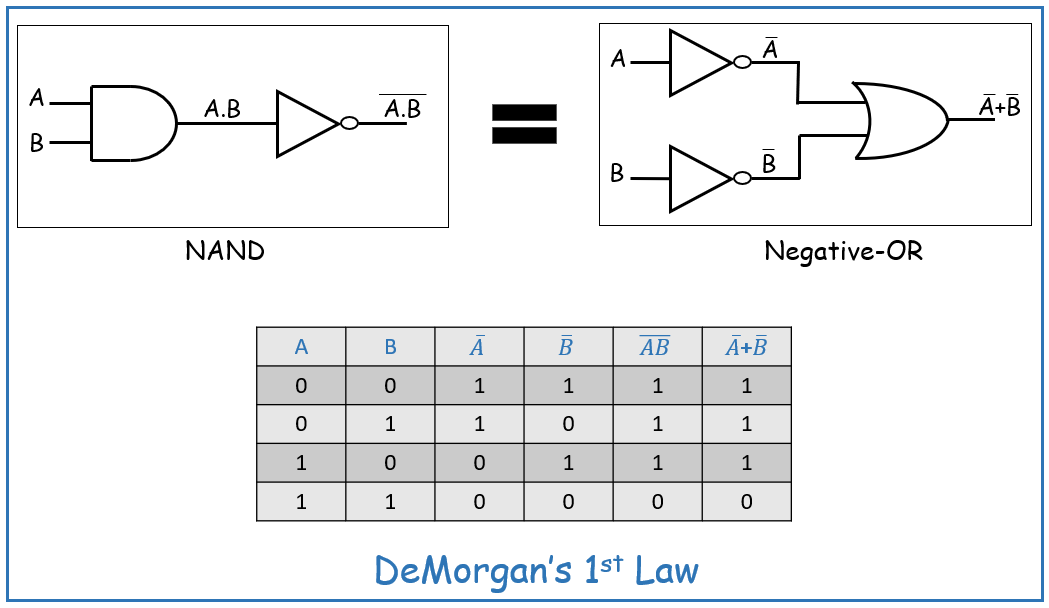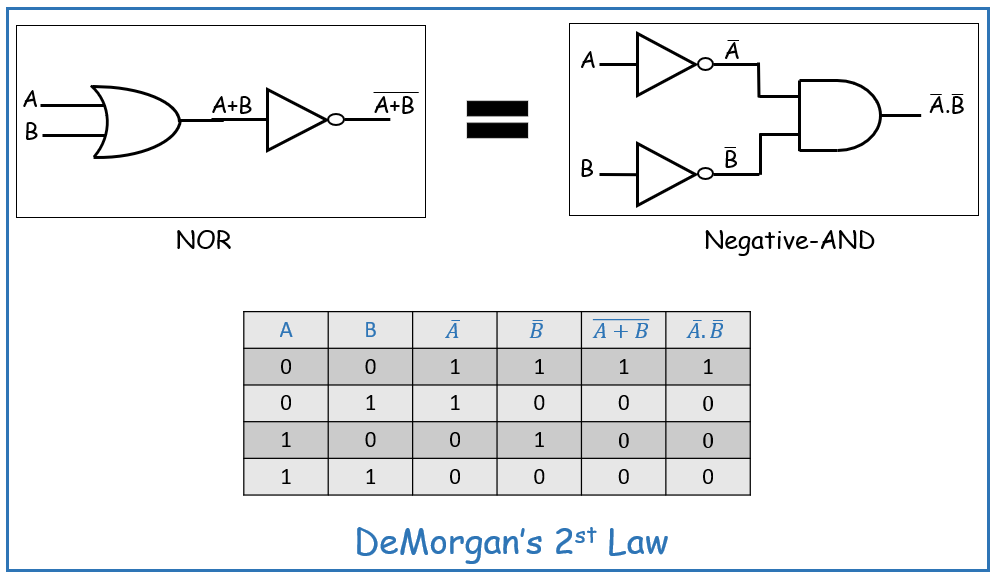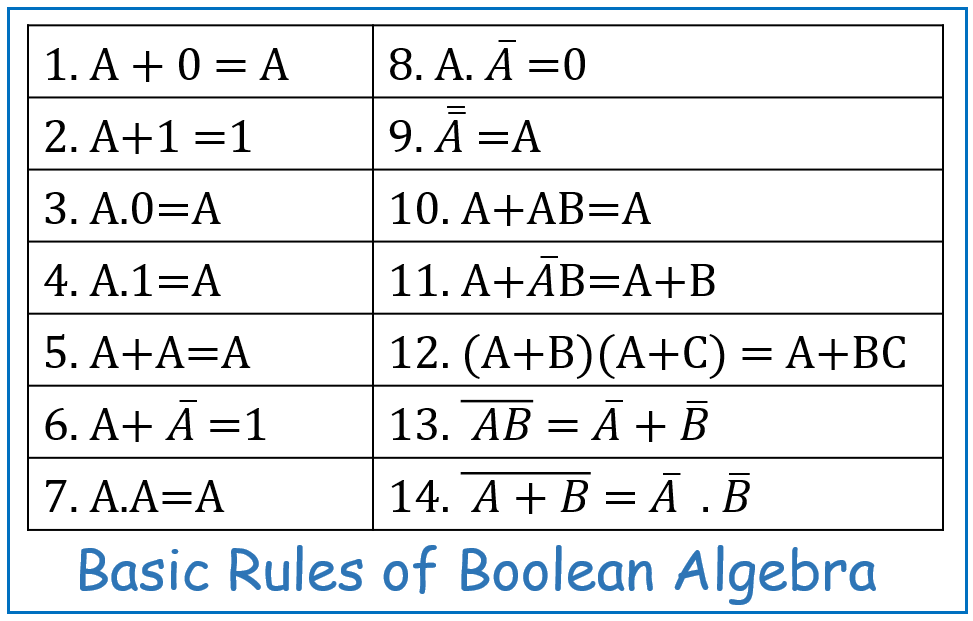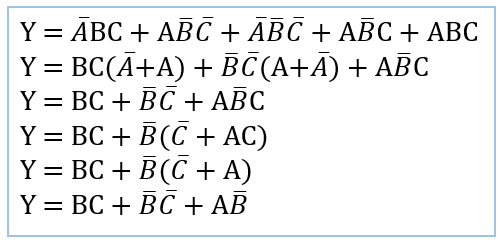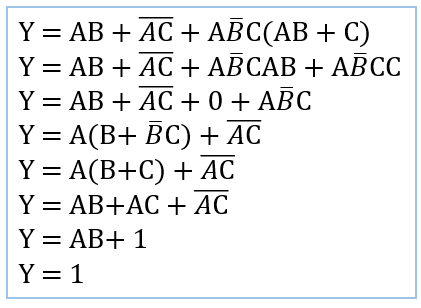Welcome back to our Verilog series! In this post, we’ll dive into the implementation of a Half Adder in Verilog. A Half Adder is a basic digital circuit that adds two single-bit binary numbers and outputs a sum and carry. Understanding its implementation is key to grasping more complex arithmetic circuits, like full adders and multipliers.
For a detailed insight into how the Half Adder operates, including its truth table and operational principles, click on the link provided below:
Half Adder: Detailed Overview and Truth Table.
Below are the Verilog codes for the Half Adder using three modeling styles: Dataflow, Behavioral, and Structural.
1] Dataflow Modeling:
In dataflow modeling, we describe the circuit behavior using ‘assign’ statements that reflect Boolean equations.
module HA(s, c, a, b);
input a, b;
output s, c;
assign s = a ^ b; // XOR for sum
assign c = a & b; // AND for carry
endmoduleIn this code:
- ‘s’ represents the sum.
- ‘c’ represents the carry.
- The sum is calculated using an XOR operation, and the carry is calculated using an AND operation.
2] Behavioral Modeling:
Behavioral modeling uses an ‘always’ block to describe the operation of the Half Adder based on the inputs.
module HA_bh(s, c, a, b);
input a, b;
output reg s, c;
always @(a or b) begin
s = a ^ b; // XOR for sum
c = a & b; // AND for carry
end
endmoduleHere:
- The ‘always’ block triggers whenever ‘a’ or ‘b’ change.
- The sum and carry are assigned based on the XOR and AND operations.
3] Structural Modeling:
Structural modeling represents the Half Adder by instantiating logic gates explicitly.
module HA_st(s, c, a, b);
input a, b;
output s, c;
xor xor1(s, a, b); // XOR gate for sum
and and1(c, a, b); // AND gate for carry
endmoduleIn this example:
- An ‘xor’ gate is instantiated to calculate the sum.
- An ‘and’ gate is instantiated to calculate the carry.
Conclusion
These Verilog implementations provide a complete understanding of how to model a Half Adderusing different design approaches: dataflow, behavioral, and structural. Whether you’re simulating or synthesizing circuits, understanding these modeling styles will help you design more complex systems.
What’s Next?
Explore these different modeling methods in your Verilog projects and try experimenting with variations of these designs. In the next post, we’ll dive deeper into the implementation of a Full Adder.
